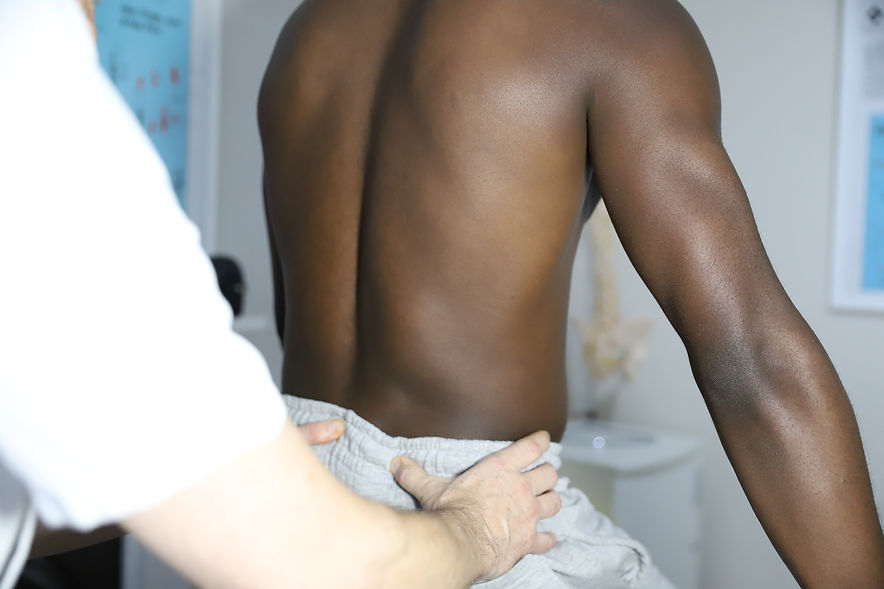
Dry Needling

Dry needling/Acupuncture
At our clinic, we use a technique called "dry needling," which is a type of acupuncture focused solely on pain relief. Unlike traditional Chinese acupuncture, we do not use this method to address other health conditions.
Dry needling is incorporated into our chiropractic treatments to help relieve muscle tension and alleviate pain.
What is Dry Needling?
Dry needling is a therapeutic technique commonly used by chiropractors to alleviate pain by targeting specific trigger points or reflex points in muscles with acupuncture needles.
For those who prefer not to use needles, Low-Level Laser Therapy is an excellent alternative. This treatment stimulates the same trigger points using a connection to the laser unit, offering a needle-free option that may be ideal for you.
What kind of needles are used?
Dry needling involves a thin filiform needle that penetrates the skin and stimulates underlying myofascial trigger points and muscular and connective tissues. The sterile needles are disposed of in a medical sharps collector.
Dry Needling vs. Acupuncture
While dry needling and acupuncture are similar, there are key differences. Acupuncture, practiced by therapists trained in classical Chinese methods, often treats a wide range of conditions, not just pain. It follows a system of meridians, or energy lines, throughout the body, and includes various diagnostic procedures to guide treatment.
In contrast, dry needling specifically targets pain by inserting a needle at points related primarily to trigger points, though it may also overlap with acupuncture points. Research shows that more than 90% of trigger point locations correlate with acupuncture points.
The key difference is that dry needling is primarily focused on pain relief, while acupuncture addresses a broader range of medical conditions.

How Dry Needling and Acupuncture Work
Both dry needling and acupuncture are believed to help reduce pain through two possible mechanisms:
-
Endorphin Release: The stimulation of the needle triggers the release of endorphins, the body's natural pain-relieving substances, which reduce pain sensations.
-
Pain Gate Theory: The needle's stimulation blocks pain signals by activating other sensations, like touch or movement, which interfere with pain transmission.


Why Choose Multiple Treatment Methods?
Since everyone responds differently to treatments, it’s beneficial to have a variety of methods available. By combining chiropractic manipulation with trigger point therapy—whether through dry needling, low-level laser therapy, or manual pressure, we can provide a well-rounded approach to pain reduction and improved function.
